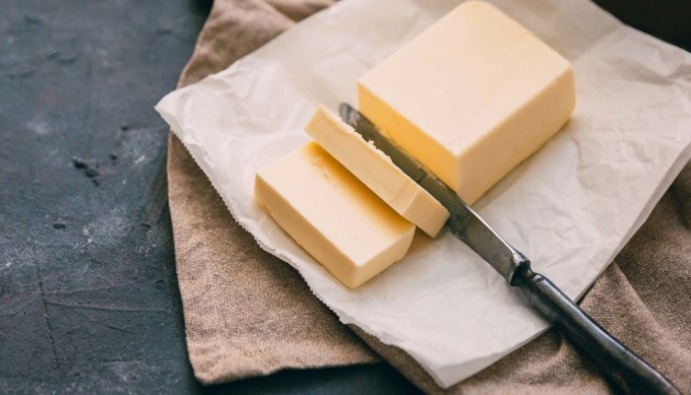
BLOG
KATEGORİDEKİ DİĞER YAZILAR

It is a type of natural animal fat consisting of dense milk fat obtained from the milk of animals such as cows, sheep or goats. It is obtained by whipping cream or cream separated from milk. With its high nutritional value and unique flavor, it is one of the indispensables of the table. It is also particularly rich in healthy fatty acids and vitamins A, D, E and K.
Butter is available on market shelves in different varieties depending on the production process and source. These varieties can be listed as follows:
Imitation is defined as the production of a food that resembles its original form but with completely different substances, while Adulteration means to distort the quality of the product by mixing other substances into the original product. Counterfeiting and adulteration in butter refers to a variety of tricks, including the use of margarine or vegetable oils instead of natural butter, and the mixing of substances such as water or starch into butter. These practices reduce product quality and mislead consumers.
Imitation and adulteration studies carried out to protect food safety and consumer health are important processes to ensure that butter is produced correctly and does not contain foreign substances. At the same time, inspections are mandatory to comply with legal regulations and prevent food fraud.
Various laboratory methods are used to detect counterfeiting and adulteration in butter. Commonly used methods are as follows:
Especially with the inspections and analyzes carried out by the Ministry of Food and Agriculture, information about the companies that make imitation and adulteration in food is shared in certain periods.
You can access this information via the link below.
https://www.tarimorman.gov.tr/Lists/Duyuru/Attachments/1148/Kamuoyu_Duyurusu.pdf
Nanolab Laboratories Group continues to provide services within the scope of Counterfeit and Adulteration Analysis in Butter . We also provide services in Olive Oil Analysis.
Contact us for more information.
You can follow us on LinkedIn for up-to-date news and posts about our services.
Follow our Instagram account to be informed about our latest blog posts.